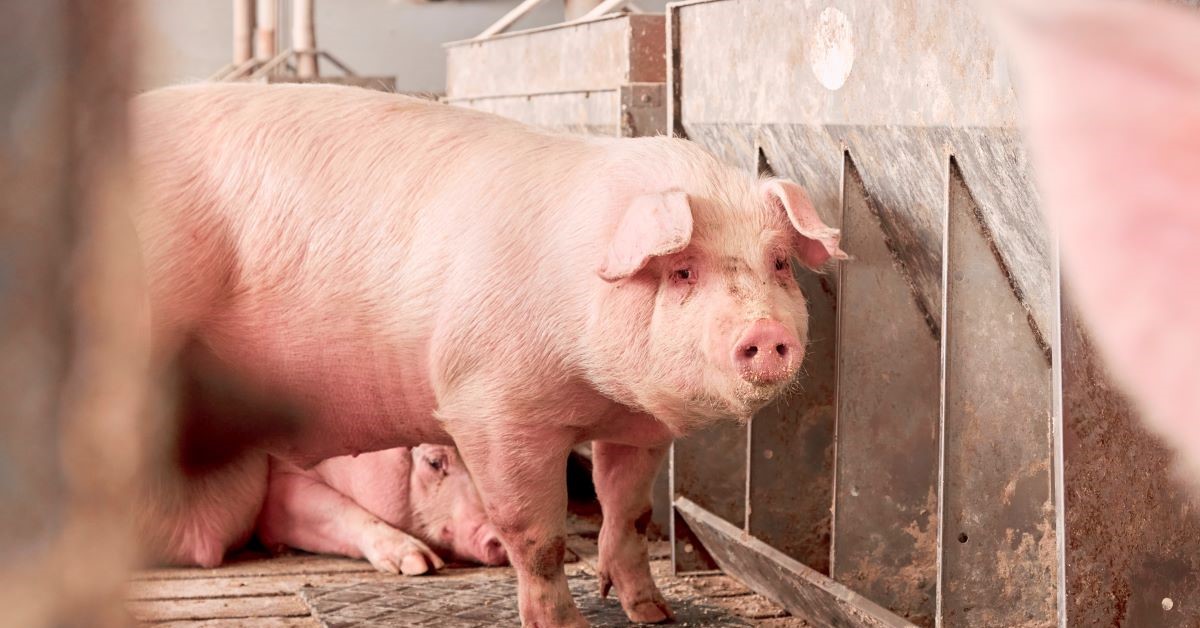
For anyone involved with pork production, the impact of the seasons on productivity and well-being is unmistakable. While hot months are characterized by lethargy, lower feed intake and reduced fertility, during colder months animals burn extra energy to regulate their body temperature. Also, new crops pose the risk of mycotoxin contamination, and a sudden blizzard can derail even the best-laid plans.
However, knowing what to expect and executing changes at the correct times can lead to excellent performance year-round. As we approach winter in the Northern Hemisphere, here are some key considerations for producers and nutritionists to raise healthy pigs:
1. Are the pigs marketed at a fixed time or fixed weight?
Space and time are two of the most important drivers in designing a nutritional program. Frequently, producers are time constricted during the hot months due to heat stress and lower growth rates, making it critical to adopt nutritional strategies for improving intake and gain to reach market weights. During colder months, grow-finish feed intake tends to increase, and a fixed weight strategy is commonly adopted.
By understanding these fluctuations and taking the correct steps, such as modifying energy and protein and adjusting the usage of high-fiber ingredients, producers can optimize performance year-round.
2. Do you know what could be hiding in your feed?
Ingredients must be routinely analyzed to ensure the precision of their nutrient content and to avoid inaccuracies in feed formulation. However, levels of mycotoxins in pigs’ feed are often overlooked; this is especially relevant during fall when new crops are starting to come in.
Mycotoxins are produced by molds, and their levels are influenced by several factors such as temperature fluctuations, moisture levels, plant stress during growth, and storage conditions. This multitude of factors leads to large year-to-year variation in mycotoxin content and profile.
Unfortunately, it is impossible to assess grains visually for mycotoxin content, as even mold-free samples can have high levels of contamination. Therefore, the best practice is to routinely submit crop samples for a comprehensive analysis such as Alltech® 37+, which reports not only the most recognized mycotoxins, such as deoxynivalenol (DON), fumonisin and zearalenone, but also emerging variants. This is vital information, especially since various mycotoxins can act in synergy with one another, impacting productivity even further.
Mycotoxin mitigation solutions are available, but they must be chosen based on each production’s mycotoxin types and contamination levels. The Integral line consists of a range of broad-spectrum technologies that allows for tailored solutions, considering the level of contamination, predicted impact on productivity, cost of implementation, and economic return.
3. DDGS or no DDGS?
This is one of the most common questions we get throughout the year. As you might expect, the answer is not a simple yes or no.
High-fiber ingredients such as distillers dried grains with solubles (DDGS) reduce dietary energy, so pigs must eat a higher volume of feed to meet their requirements. Thus, the usage of DDGS is often reduced during heat stress periods. As feed intake is typically not an issue in the colder months, the inclusion of DDGS is normally increased. However, this is often not the optimal decision.
In most cases, if producers analyze a program on a diet cost ($/ton) basis, DDGS will almost always make sense. However, diet cost does not accurately represent what could happen to animal performance. Because of its nutrient profile, DDGS usage will lead to decreased performance and carcass yield. Sometimes diet cost savings is enough to justify it, but often it is not.
Other factors, such as mycotoxin levels, other ingredient prices, market conditions and withdrawal strategies, also must be considered. It is essential to work with a nutritionist who utilizes all tools available to make the correct decision for each individual situation.
Additionally, specifically in the case of sows, it is critical to recalibrate feeders whenever making significant changes in diet formulation. Going from a low-fiber diet to one with high levels of fibrous ingredients creates a significant change in bulk density, which can result in underfeeding animals — and all the productivity issues this generates.
These are just a few of the multiple critical points of a successful seasonal transition. Additional consideration should be given to water quality and availability, feeder management, temperature and humidity control in the barn, and emerging diseases during cold weather. With planning and teamwork, the impact of seasonal fluctuations can be managed and minimized for optimal economic return to producers.
- Log in to post comments
